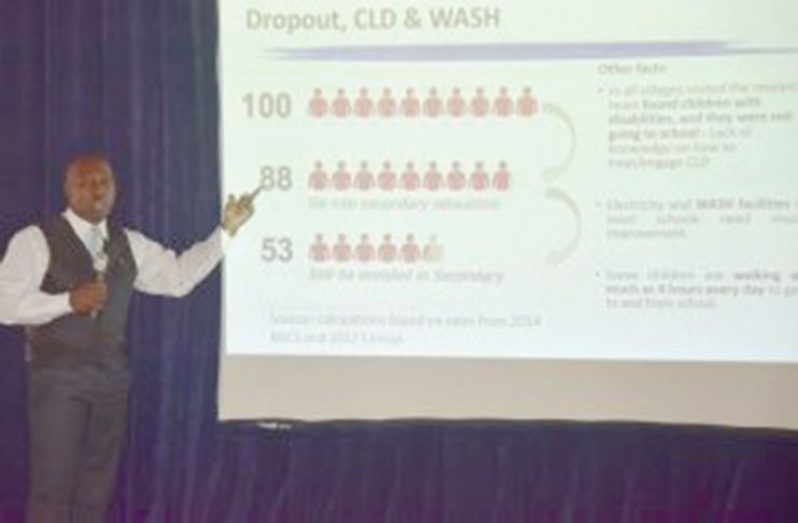A RECENT study done by the United Nations Children’s Fund (UNICEF) and the Ministry of Indigenous Peoples Affairs (MIPA) has revealed that one in every four victims of trafficking in persons is Amerindian.
The study, which was conducted in 12 villages from nine of the 10 administrative regions, has revealed that trafficking still exists in those communities.
The former Ministry of Labour, Human Services and Social Security had reported that 158 of the persons trafficked between 2013 and 2015 could have been identified by their ethnicity.
The recent study has discovered that most of the trafficked Indigenous Peoples were women. Though persons in the villages understood the concept of human trafficking, and there is an environment of prevention and identification of cases, anecdotal information has revealed that persons are still being lured into it.
Persons reported that trafficking happened internally when girls and boys are going to the cities and mining and logging areas with the promise of good jobs. It also happens between countries, when young people would go to Brazil trying to find better opportunities.
“Child trafficking has a straight relationship with children’s involvement in economic activities and child labour,” the report has revealed.
Quantitative and qualitative data have shown that children and adolescent involvement in economic activities, household chores and early labour is quite common among the Indigenous populations.
The Guyana Multiple Indicator Cluster Survey (MICS) in 2014 revealed that 35 per cent of the Indigenous children between five and 11 years old are involved in economic activities that are paid or unpaid for at least one hour in the week before data was collected.
Similarly, 74 per cent of Indigenous children in the same age group are involved in household chores and 41 per cent of the Indigenous children between five and 17 years of age were identified as being involved in child-labour. These indicators are reportedly the highest among different socio-economic groups in Guyana. According to the report, involvement in economic activities and child-labour are connected to the harsh economic situations in families that demand children and adolescent to start working to support the families.




.jpg)










